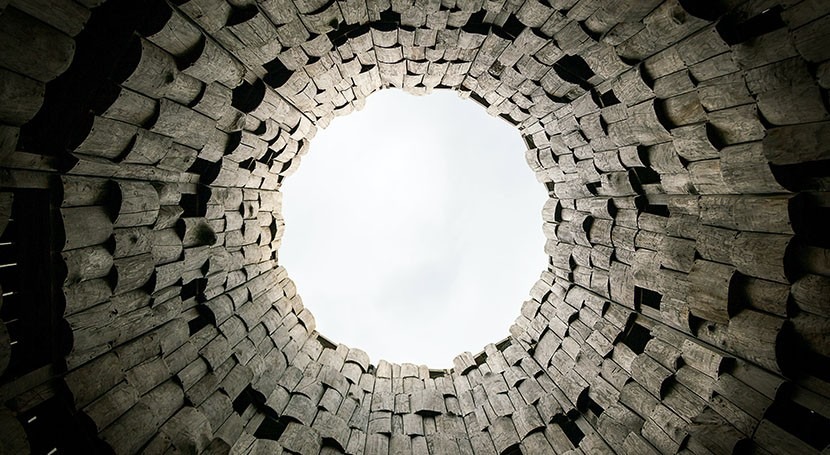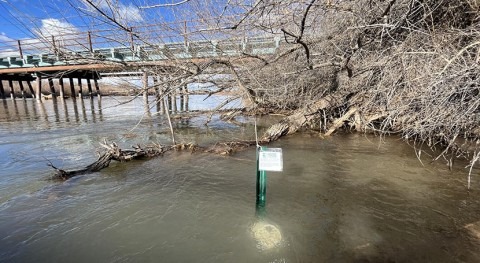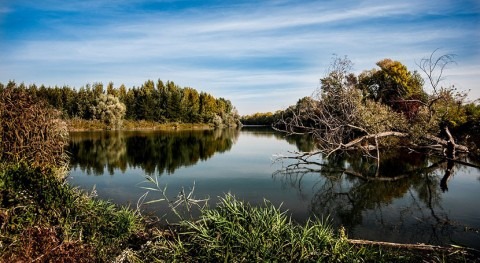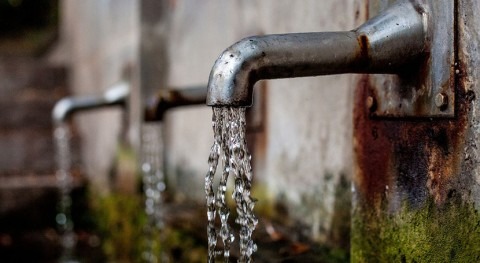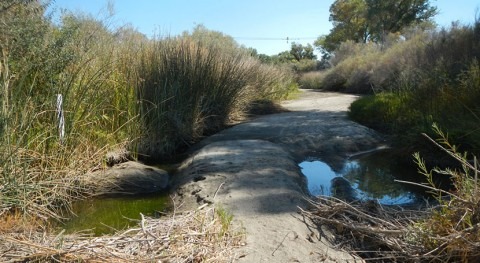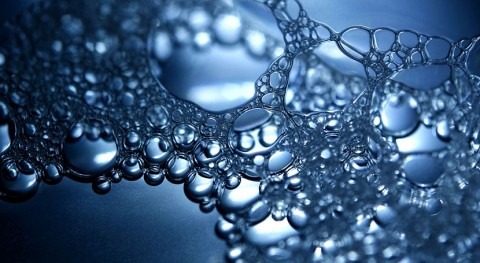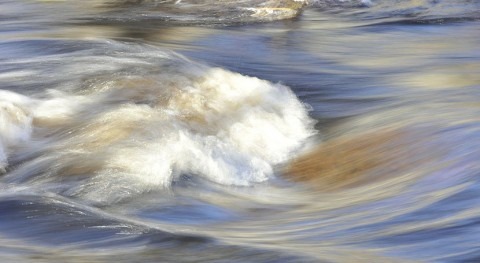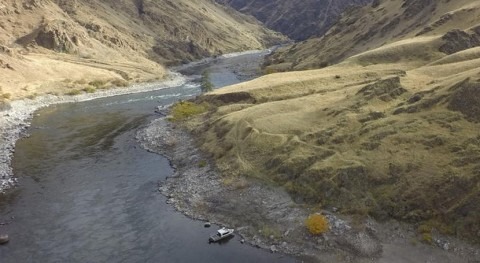A new USGS study reports that about 45% of public-supply wells and about 37% of U.S. domestic supply wells have concentrations of lithium that could present a potential human-health risk.
Just this January, lithium was added to the EPA's proposed Unregulated Contaminant Monitoring Rule. The Rule is used by the EPA to collect data for contaminants that are suspected to be present in drinking water and that do not have health-based standards set under the Safe Drinking Water Act.
Lithium is an alkali metal that occurs naturally in some groundwater where that groundwater interacts with lithium-containing minerals or saline water. Elevated levels of lithium were found primarily in samples of untreated groundwater from drinking-water wells in arid regions and in “old” groundwater—that is, groundwater that recharged the aquifer before 1953. The most elevated lithium concentrations were measured in wells that tap unconsolidated clastic aquifers (aquifers composed of sand or similar materials) in the western U.S., in particular the High Plains, Rio Grande, Stream-valley, and Basin and Range basin-fill aquifer systems. Nearly 10 million people rely on groundwater in these four aquifer systems for drinking water.
Although useful for treating mental health disorders, pharmaceutical use of lithium at all therapeutic dosages can cause adverse health effects—primarily impaired thyroid and kidney function. Presently lithium is not regulated in drinking water in the U.S. The USGS, in collaboration with the EPA, calculated a nonregulatory Health-Based Screening Level (HBSL) for drinking water of 10 micrograms per liter (µg/L) or parts per billion to provide context for evaluating lithium concentrations in groundwater. A second “drinking-water-only” lithium benchmark of 60 µg/L can be used when it is assumed that the only source of lithium exposure is from drinking water (other sources of lithium include eggs, dairy products, and beverages such as soft drinks and beer); this higher benchmark was exceeded in 9% of samples from public-supply wells and in 6% of samples from domestic-supply wells.
The USGS compiled data for lithium measured in untreated groundwater from 1,464 public-supply wells and 1,676 domestic-supply wells during 1991–2018. The study was designed to collect data representative of groundwater used a source of drinking water at the national- and regional-aquifer scale and included data from the USGS National Water-Quality Assessment project and the California Groundwater Ambient Monitoring and Assessment (GAMA) project. Groundwater in the aquifers from which samples were collected represents 80% of groundwater used for public supply in the U.S. These aquifers are a source of drinking water for about 100 million people.


